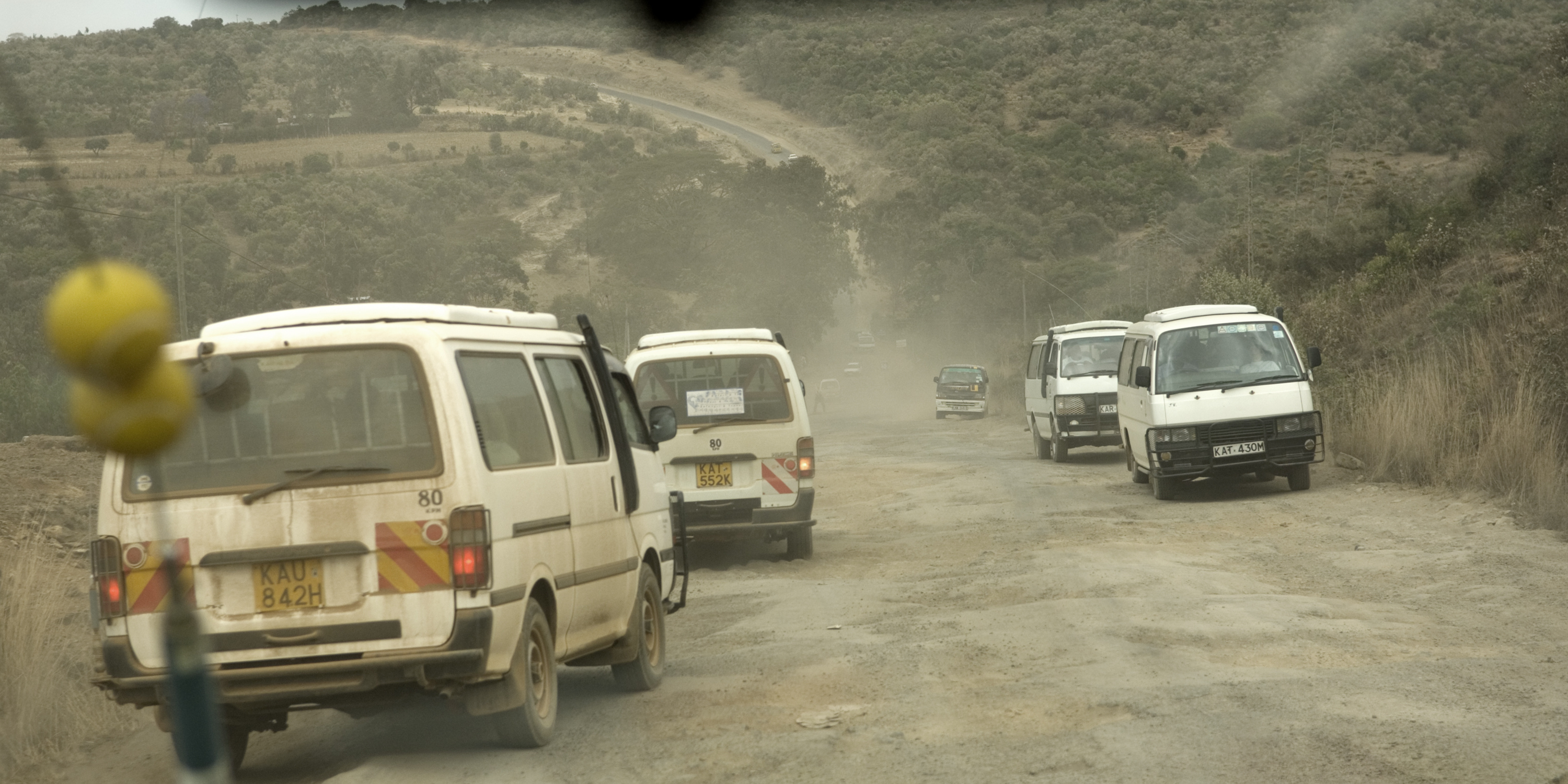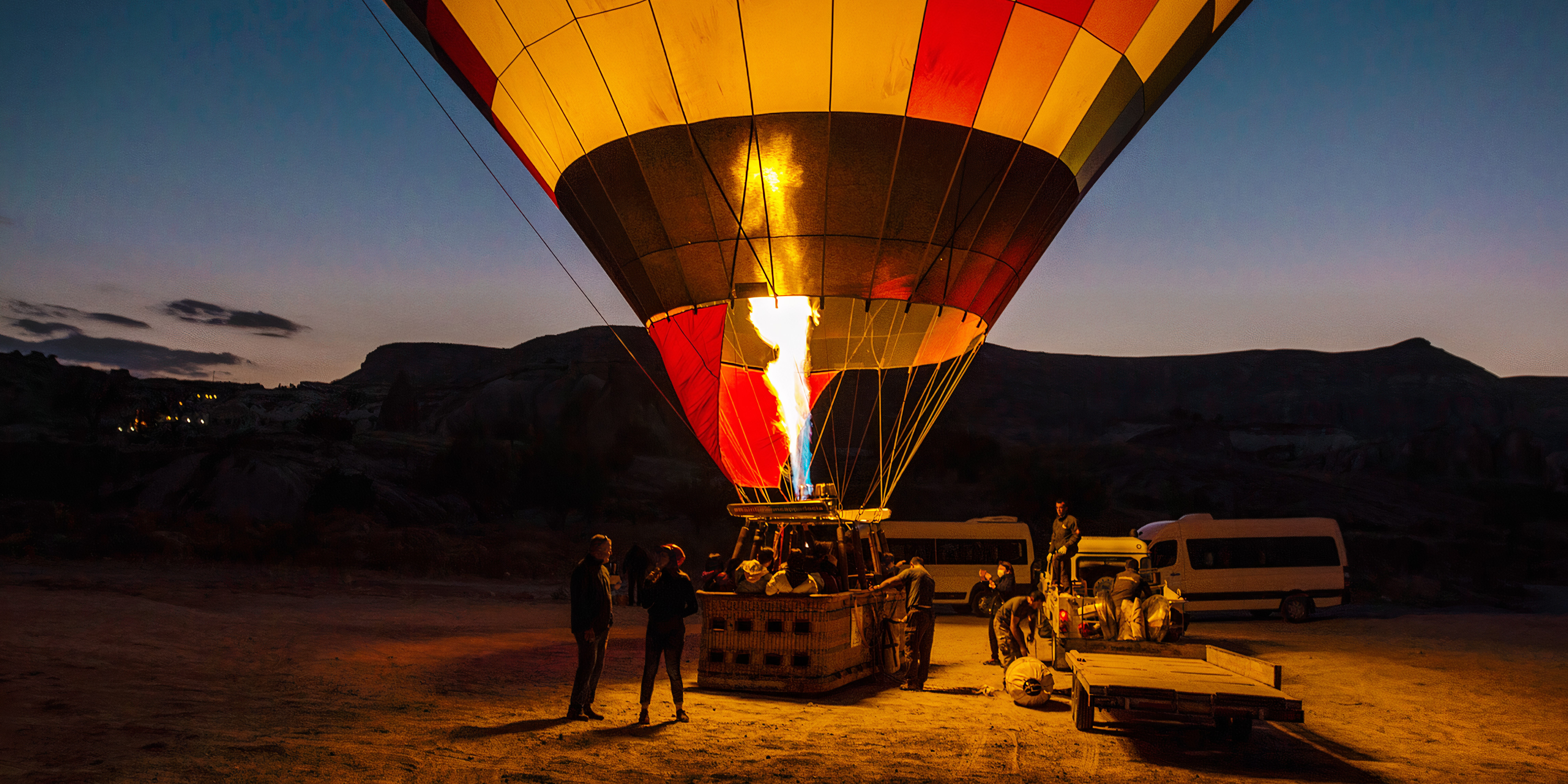Safari lovers visit Kenya from around the world. Its rich culture, diverse species, and breathtaking environment make it a great safari. The correct Kenya safari timing is essential for the finest experience. This page discusses Kenya’s prime seasons for safari planning.
Kenyan Climate Recognition
Kenya has dry and wet seasons. From June to October is the dry season, while from November to May is moist. Kenya’s climate varies by region.
Coastline cities Mombasa and Malindi experience year-round heat and humidity. Highlands like Mount Kenya and Nairobi are colder. Northern Kenya is dry and desert, whereas the Rift Valley is hot and chilly.
Safaris in Kenya are affected by weather. Wildlife is easier to identify in the dry season because water sources attract them. There are many birds and gorgeous vegetation during the wet season. These elements are crucial to safari planning.
Kenyan high travel season
Kenya is best visited from July–October for its animals and dry weather. Many tourists visit Maasai Mara and Amboseli National Park to watch the Big Five and the Great Wildebeest Migration.
 Traveling during prime time has pros and cons. Wildlife and weather should be good. Parks might be busy, and hotels and tours cost extra. Booking safaris early is advisable during the busy season.
Traveling during prime time has pros and cons. Wildlife and weather should be good. Parks might be busy, and hotels and tours cost extra. Booking safaris early is advisable during the busy season.
Kenya’s Low Travel Season
The wet season months of April, May, and November attract most tourists to Kenya. National tourism drops in the off-season. Low season travel benefits.
Save much on hotels and travel in the off-season. Fewer people in parks means a more personal safari. Due to maintenance or renovations, several resorts and campgrounds may close.
Tsavo, Lake Nakuru, and Samburu National Reserve are low-season favorites. These parks provide unique wildlife experiences and are less crowded than Amboseli National Park and Maasai Mara.
The Best Time to See Kenyan Wildlife
For wildlife in its natural habitat, visit Kenya from June to October during the dry season. Animals gather near water sources this time of year, making identification easier. Less dense foliage improves visibility.
Amboseli, Tsavo East, Maasai Mara, and Samburu have great wildlife. These parks have lions, elephants, giraffes, zebras, and wildebeests.
Kenya’s Great Wildebeest Migration is another natural attraction. Between July and October, millions of zebras, wildebeests, and other herbivores migrate from Tanzania’s Serengeti to Kenya’s Maasai Mara. Only once does this spectacular celebration occur.
Kenyan birdwatching: when is best?
Kenya has over 1,000 bird species, making it a birdwatcher’s paradise. The wet season (November–May) is the greatest time to watch birds in Kenya. Migratory birds arrive. This is peak birdlife in parks and reserves.
Kenya’s top birdwatching spots are Kakamega Forest, Lake Naivasha, and Lake Nakuru National Park. Weaverbirds, hornbills, eagles, pelicans, and flamingos inhabit these environments.
Kenya has distinct bird species in different regions. Woodland birds live in the highlands, while seabirds live on the coast. Before bird watching, research the species you want to see.
Kenyan Beach Vacations: Best Time
Wildlife, culture, and stunning Indian Ocean beaches make Kenya famous. Kenyan beaches are best visited in the dry season, December–March and July–October.
Diani Beach, Watamu, Malindi, and Lamu Island are among Kenya’s top beaches. These regions offer white-sand beaches, clean oceans, and diving, snorkeling, and deep-sea fishing.
Visit Watamu and Kisite-Mpunguti Marine National Parks on your beach vacation. Coral reefs, dolphins, and turtles inhabit these protected zones.
Best Time for Kenyan Cultural Tours
Kenya is culturally diverse with over 40 ethnic groups having their own festivals, customs, and traditions. The dry season, June–October, is the greatest time to experience Kenyan culture and enjoy outdoor activities.
Turkana, Samburu, and Maasai Mara are Kenyan highlights. These websites allow tourists to meet locals, learn about their culture, and participate in traditional dances.
Festivals and events are another way to experience Kenya’s culture. Lamu, Turkana, and Maasai Mara festivals are popular. These festivals showcase traditional crafts, dance, food, and music.
Kenya’s Best Hot Air Balloon Safari Time
Hot air balloon safaris offer a unique view of Kenya’s wildlife and environment. Kenyan hot air balloon rides are ideal in the dry season (June–October) when the weather is stable.
 Maasai Mara National Reserve, Amboseli National Park, and Laikipia Plateau are Kenya’s greatest hot air balloon safari destinations. These spots offer stunning views of the mountains, savannah, and wildlife.
Maasai Mara National Reserve, Amboseli National Park, and Laikipia Plateau are Kenya’s greatest hot air balloon safari destinations. These spots offer stunning views of the mountains, savannah, and wildlife.
Hot air balloon safaris let you observe lions, zebras, giraffes, and elephants. Floating above Africa is unforgettable.
Kenyan Wildebeest Migration Best Time
Kenya hosts the wildebeest migration, one of nature’s most magnificent phenomena. Between July and October, millions of wildebeests, zebras, and other herbivores cross the Mara River from Tanzania’s Serengeti to Kenya’s Maasai Mara.
Kenya’s Maasai Mara National Reserve, Mara Triangle, and Serengeti National Park offer the best wildebeest migration views. These spots give stunning views of this natural phenomenon.
The migration attracts wildebeests, lions, cheetahs, and crocodiles. Exciting to watch these critters hunt and attack moving herds.
Finally, the best time to go on safari in Kenya
To conclude, Kenyan safaris are ideal for the right season. Weather, popular travel seasons, animal watching, and safari activities determine the best time to go.
Hot air balloon safaris, animal viewing, beach vacations, cultural trips, and wildebeest migration have optimal seasons.
Research and planning are vital before a safari. Take into account crowds, weather, and hotel alternatives. A well-timed Kenya safari could improve your experience in this beautiful country.

